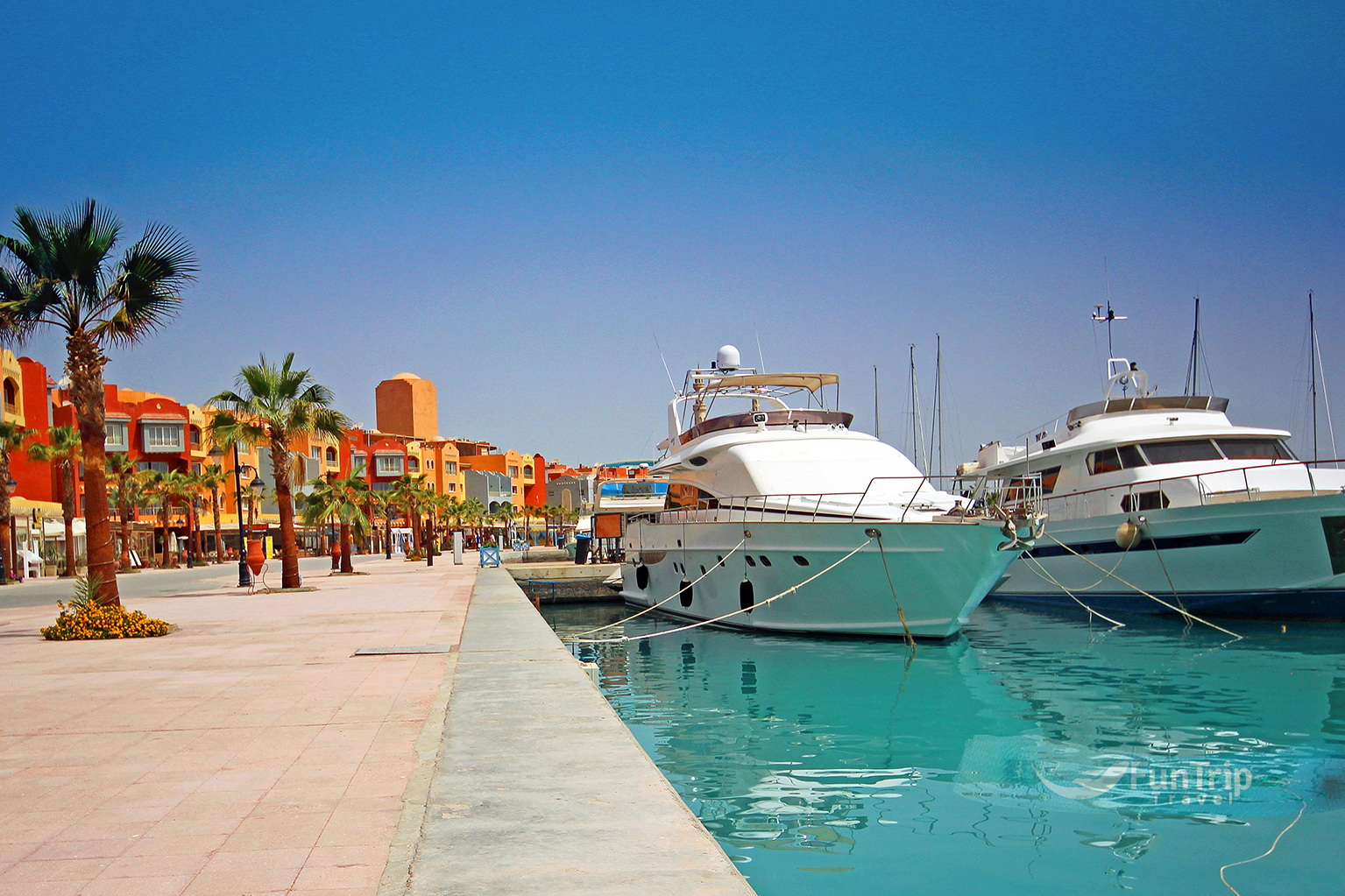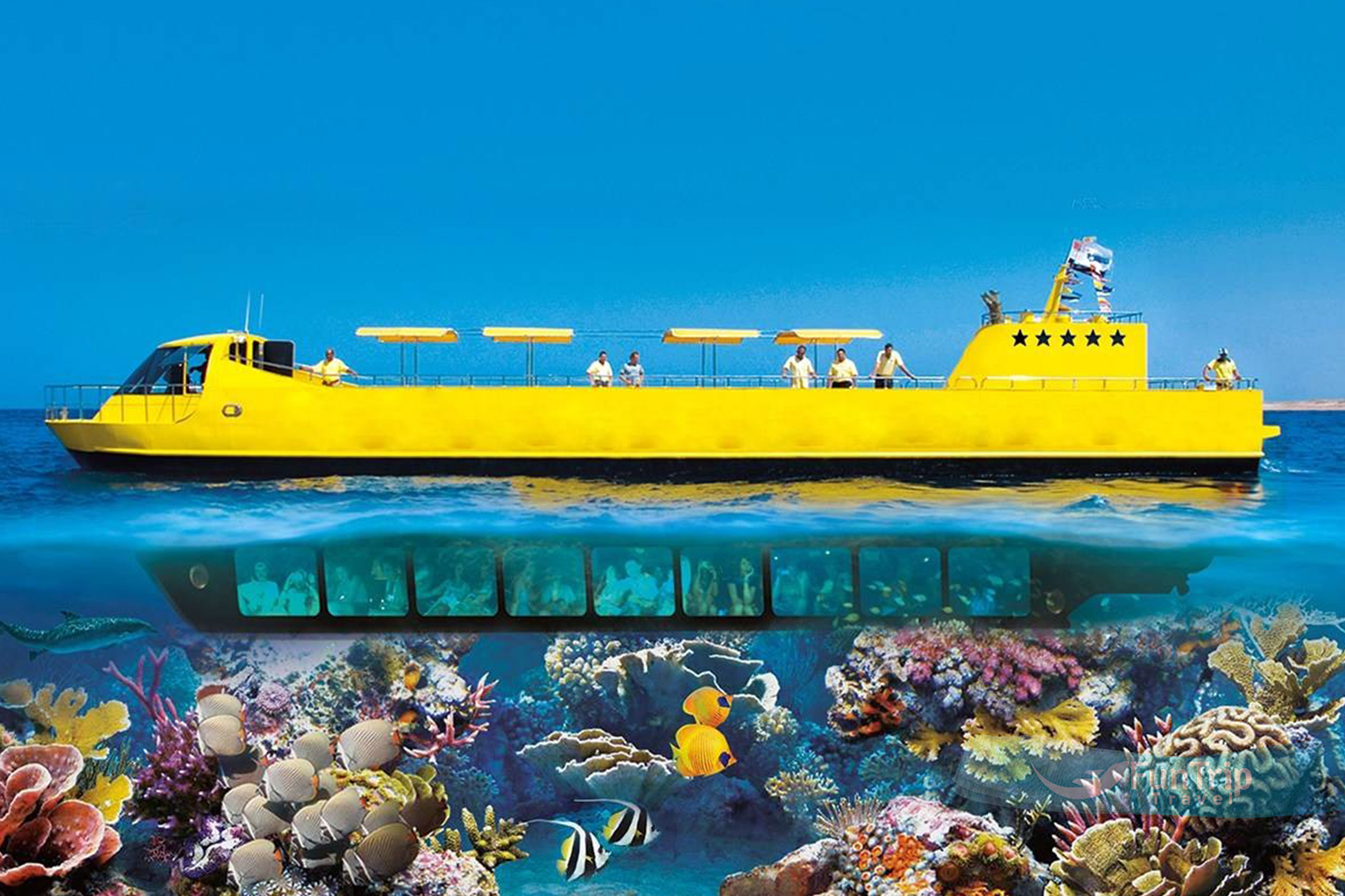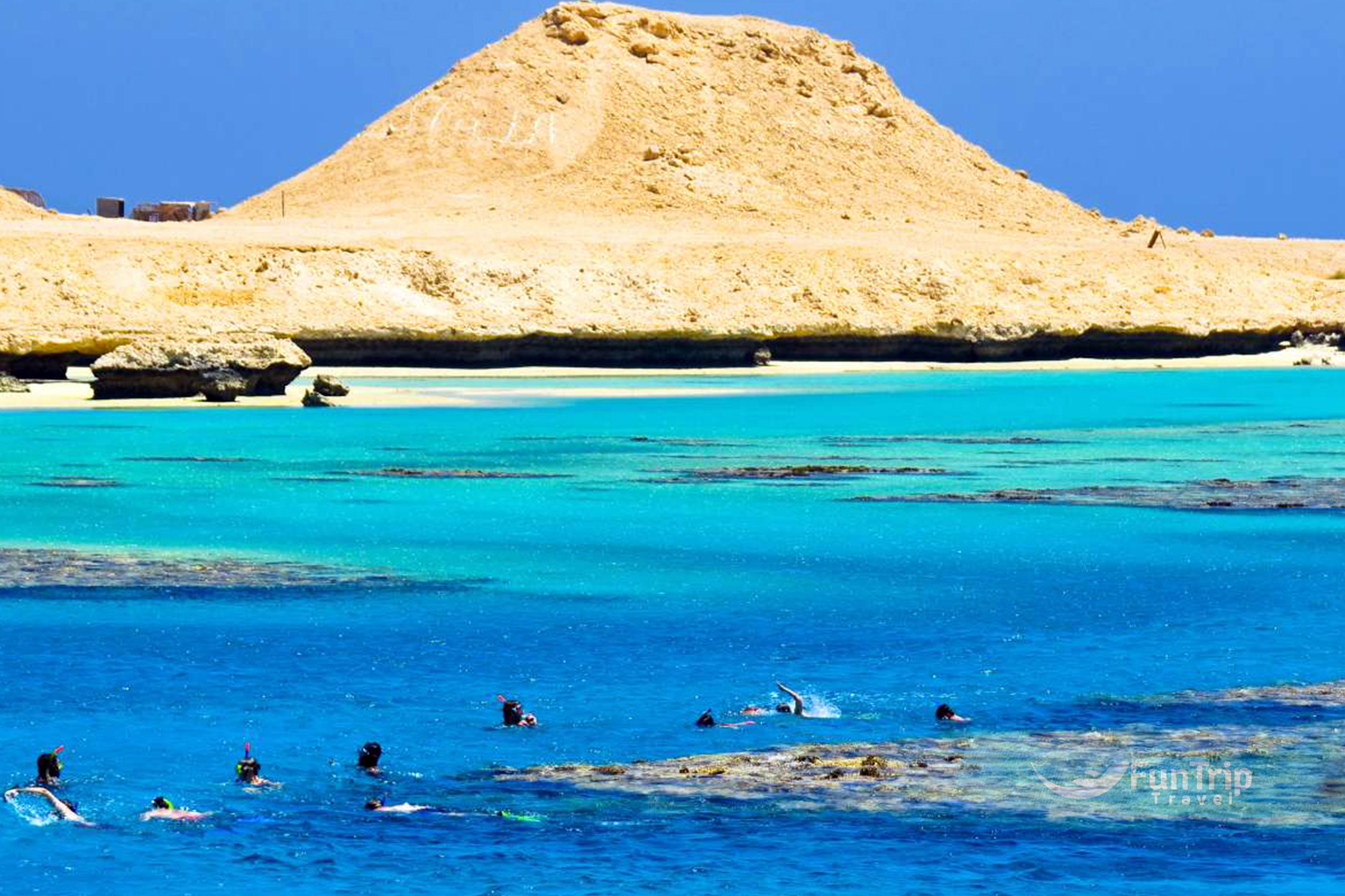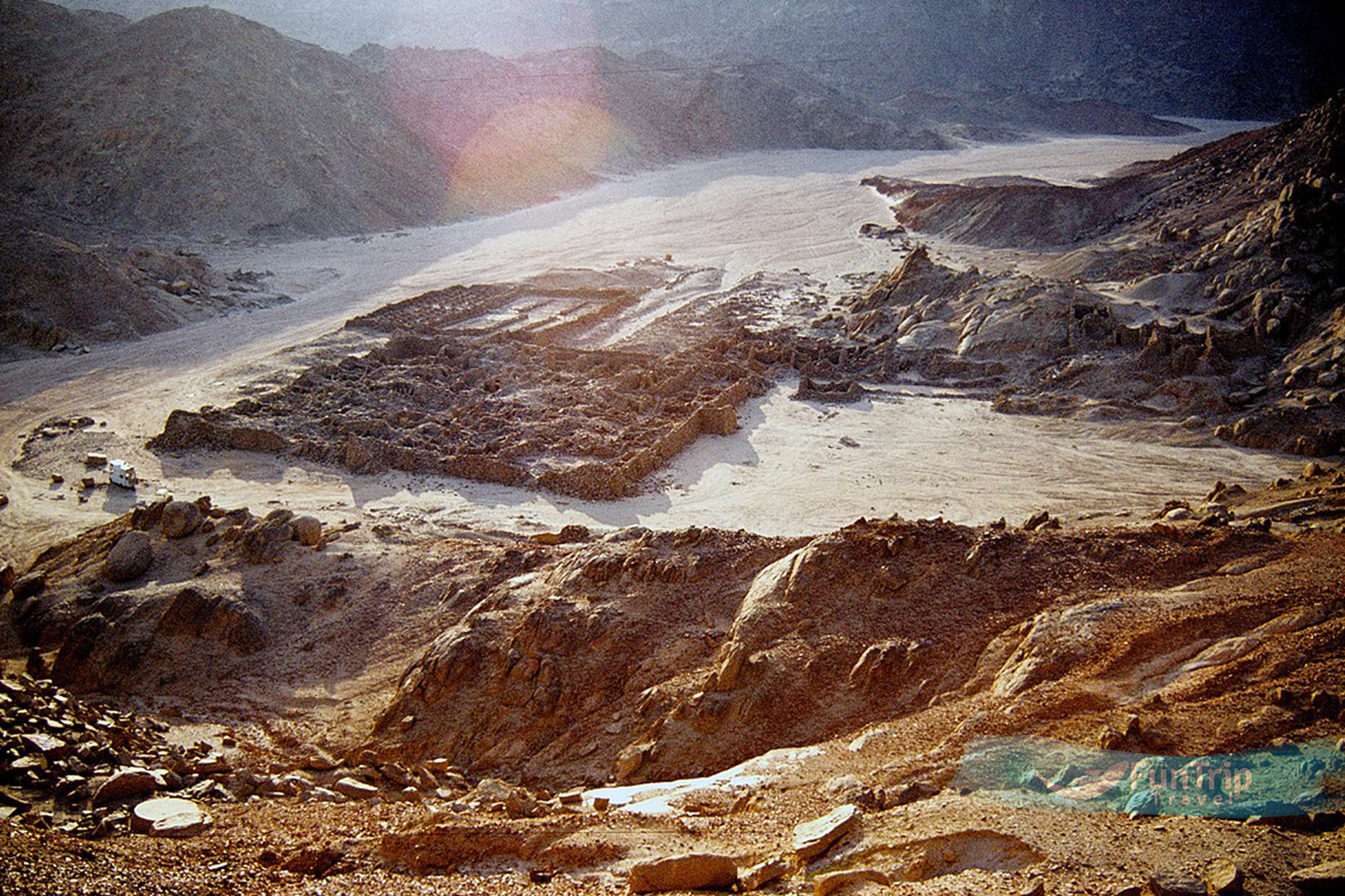is Egypt’s most famous and oldest resort. Offshore is the vibrant underwater spectacle of the Red Sea’s coral and fish life, which first brought Hurghada to international attention.
Back on solid ground, the once-tiny fishing village of Hurghada has grown into a resort city with attractions and amenities geared specifically toward tourists. Northern Europeans (who make up the majority of Hurghada’s tourism influx) will find this to be one of the best places to visit for a winter sun-and-sea escape, with sandy white beaches and blue skies available all year. While the beach is the main tourist attraction in Hurghada, there are plenty of other things to do, both in and out of the water, for travellers looking for a taste of adventure. Hurghada Marina is a swish and modern addition to Sigala’s central district. It has become one of the city’s major dining destinations since its inception, and it comes alive after dark. At sunset, stroll along the Red Sea promenade or relax with a tea and sheesha (waterpipe) at one of the cafés, soaking in the last of the evening light. After that, dine at one of the restaurants here, which serve a variety of cuisines ranging from traditional Egyptian dishes to international fare. Dining with views of swaying yachts and the Red Sea stretching to the horizon is unrivalled. The Sindbad Submarine in Hurghada allows you to see some of the Red Sea’s most famous underwater sights without getting your feet wet. This is the only tourist submarine operating in the Red Sea. It descends to a depth of 22 metres below the surface of the Red Sea, allowing passengers to see the abundant flitting reef fish that inhabit the reefs of colourful soft corals. Submarine trips last about an hour, and while they don’t go very far offshore where the better coral reefs can be seen, it gives non-swimmers a chance to see the magical world beneath the sea’s surface for which the Red Sea is famous.

EXPLORE. CONNECT. CREATE MEMORIES
Hurghada Marina
Is a swish and modern addition to Sigala’s central district. It has become one of the city’s major dining destinations since its inception, and it comes alive after dark. At sunset, stroll along the Red Sea promenade or relax with a tea and sheesha (waterpipe) at one of the cafés, soaking in the last of the evening light. After that, dine at one of the restaurants here, which serve a variety of cuisines ranging from traditional Egyptian dishes to international fare. Dining with views of swaying yachts and the Red Sea stretching to the horizon is unrivalled.

The Sindbad Submarine
In Hurghada allows you to see some of the Red Sea’s most famous underwater sights without getting your feet wet. This is the only tourist submarine operating in the Red Sea.
It descends to a depth of 22 metres below the surface of the Red Sea, allowing passengers to see the abundant flitting reef fish that inhabit the reefs of colourful soft corals. Submarine trips last about an hour, and while they don’t go very far offshore where the better coral reefs can be seen, it gives non-swimmers a chance to see the magical world beneath the sea’s surface for which the Red Sea is famous.

Giftun Islands
are one of the most popular boat excursions in Hurghada, with prime swaths of white sand to soak up the rays and snorkelling opportunities galore. The easily accessible coral reefs in the area surrounding the island shore are an excellent taster of the Red Sea’s beauty for those who aren’t scuba diving enthusiasts. Treat a Giftun Islands trip solely as a beach trip during peak season, when dozens of boats arrive daily, as the crowds scare off any sea life. During quieter periods, while paddling close to shore, you might see colourful fish flitting through the clear water. Those who don’t want to go underwater can simply claim a palm-frond shelter on the beach, sit back, and enjoy the sun.

Mons Claudianus Roman Mine Ruins
Mons Porphyrites, 60 kilometres northeast of Hurghada, is a historic Roman porphyry mine with the ruins of a mining town where quarry workers resided while harvesting the purple-hued stone from the Eastern Desert’s harsh mountains. The Romans placed a high value on the porphyry mined here, which was utilised in construction projects throughout the Mediterranean empire. Although there is little remained of the once-thriving mining town, the miners’ living quarters, workplaces, and shrines can still be found among the scattered ruins. Mons Claudianus, 65 km southeast of Hurghada, is another Roman mining archaeological site. These two separate mines highlight the Eastern Desert’s importance to the Roman Empire. Miners quarried granite from the mountainside at Mons Claudianus, which was then used throughout Rome. The workers here were all convicts, and the severe living circumstances they faced may still be seen in the rubble of their cottages. Mons Claudianus also served as a fortification, guarding the nearby desert. The ruins, however deteriorated, are extremely huge.

